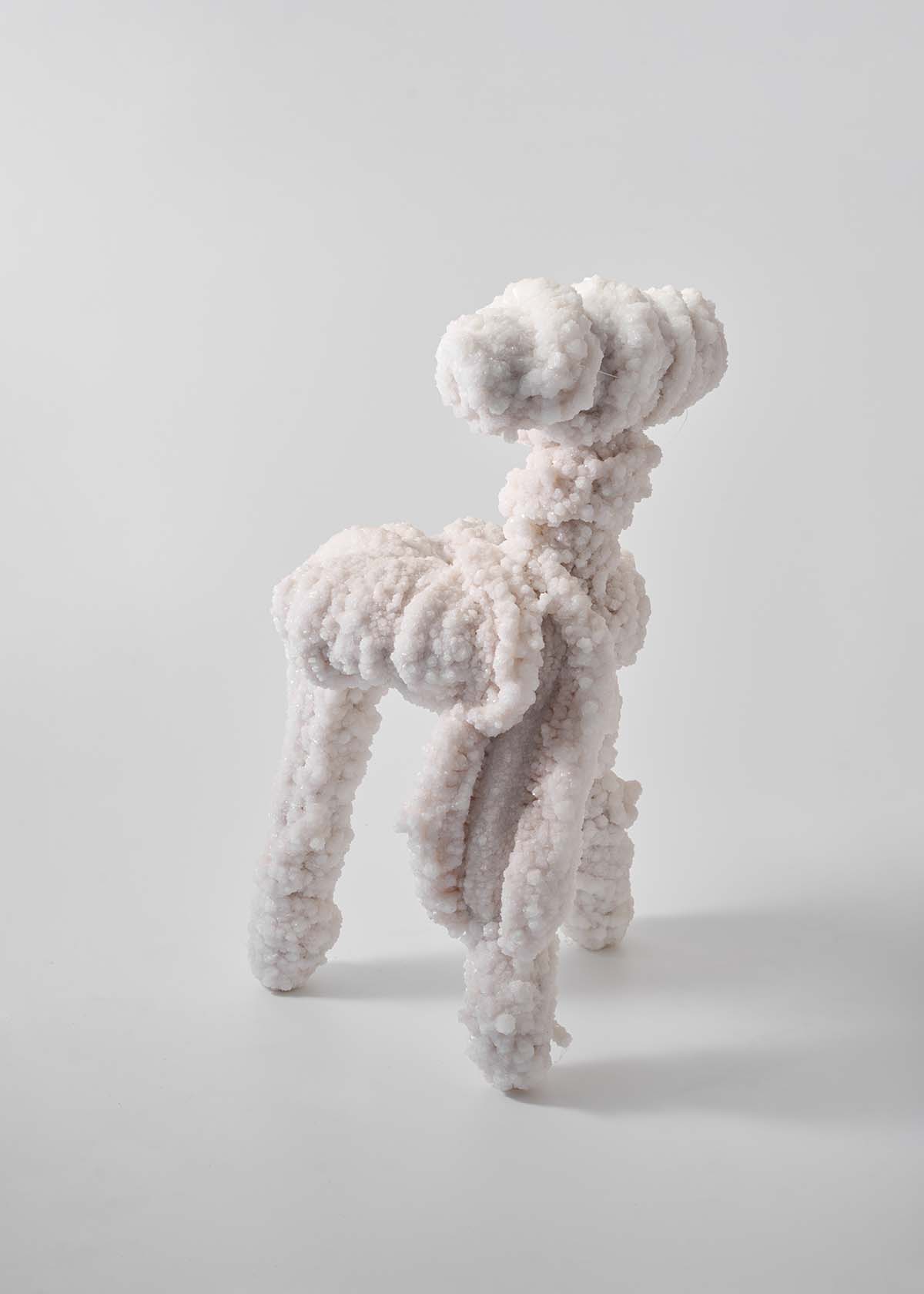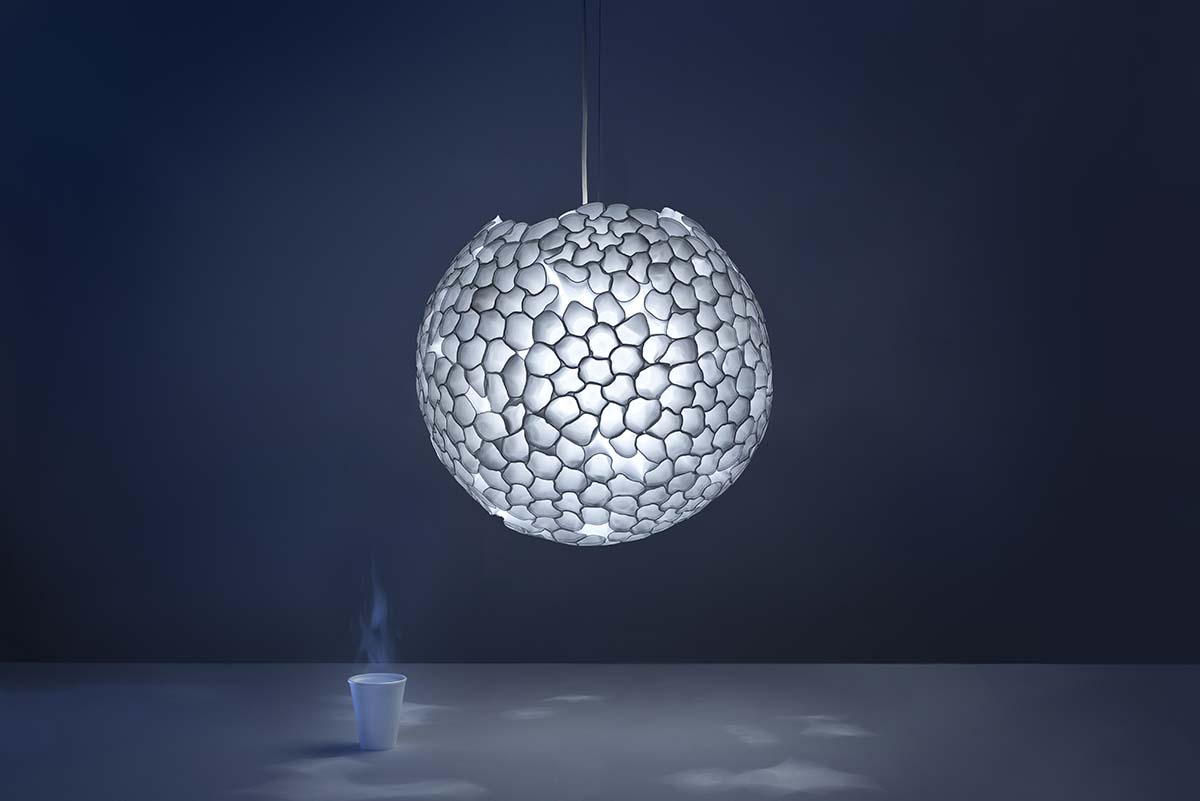The exhibition organized by the gallery Friedman Benda (515 W 26th St, 1st floor – until 15 June 2024), in coordination with the events in New York, investigates the responses to the emergencies of our time, interpreted by well-known contemporary designers. The focus is on sustainable materials and manufacturing, as opposed to processes of mass industrialization and abuse of resources. The exploration of recycling and upcycling is narrated in the work of Hamed Ouattara from Burkina Faso, who regenerates scrap materials such as oil barrels. Estúdio Campana transforms and recontextualizes local materials through craftsmanship and proximity, while Max Lamb creates a collection in recycled cardboard from his studio, bringing new value to waste materials.


Geology connected with materials and processes is explored in the work of Studio Raw Material, with facilities in the desert plains of western India, relying on substances like salt, marble, clay and vegetable resins, while the avocado industry has been researched by the Mexican designer Fernando Laposse, who uses waste to make his creations. Contemporary design and technology are the themes approached by Paul Cocksedge, whose works explore the various possibilities of production processes, by Joris Laarman, who utilizes computational techniques to create pieces inspired by nature, and by the studio gt2P in relation to parametric methods.

Finally, the design-nature relationship emerges in the creations of Full Grown, shaped with the use of photosynthesis as a primary production process, of Erez Nevi Pana, focusing on the salt of the Dead Sea, or Marlène Huissoud in “almost functional” pieces based on the use of fibers from silkworm cocoons.







